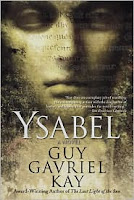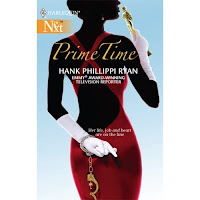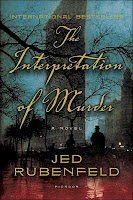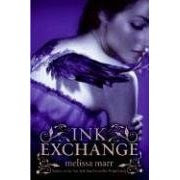STATUS: It’s pretty early in the day so right now, everything is going quite smoothly.
What’s playing on the iPod right now? CLOCKS by Coldplay
I’m totally chuckling after reading Courtney’s blog from yesterday where she shares the query letter outtakes. The moral of the story is this: If you find yourself unable to write a decent query letter, hire Sherry!
Seriously though. Sometimes it is difficult for a writer to write his or her own query. The writer is very close to the material and can’t often see the forest for the trees. If you’ve struggled with the query writing process, I don’t think it’s playing unfair to have another person write the query on your behalf, or with you, or revise it for you. As long as you end up with a strong letter that you believe fully represents your work, I, as the agent, will not ask if you wrote your own query letter. It can be your own deep, dark secret.
The point of the query is to win an agent’s attention and get a request for sample pages. Now, your sample pages have to hold up. The greatest query letter in the world is not going to compensate for unready sample pages.
And if somebody else ends up writing your query, make sure they are good at it!
As promised from yesterday, here’s the letter I sent to Courtney’s editor at Harlequin. As you all may or may not know, agents pitch editors as well. Now Ann Leslie has known me for years so to be quite honest, she would read anything I wanted to submit to her (besides my grocery list that is!).
Still, call me old-fashioned. I never send an editor a project without formally asking if it is okay to do so and I think it’s helpful to have a pitch that orients the editor as he or she begins the read.
So, in this sense, I always pitch editors and as an agent, I have to nail that pitch paragraph just like you have to do in your query letter. Noticed that I lifted several elements from the query that Sherry (ahem, Courtney) had written.
Hello Ann Leslie,
I can hardly believe it myself but I haven’t taken on a romance author in over a year –until now. In fact, I haven’t taken on a historical romance author since Sherry Thomas and oddly enough, it was Sherry who discovered Courtney Milan and sent her my way.
Courtney had won a contest that Sherry was sponsoring on her website and the prize was the reading of her first 30 pages by Sherry. Being the great client she is, Sherry immediately emailed me and said, “You’ve got to look at this author.”
Within a day, I had read and signed Courtney for PROOF BY SEDUCTION and I’m just beyond excited to share this manuscript with you. And yes, I know you are going to kill me because I’m sending you this email right before RWA but hey, both Courtney and I will be there so let me know if you want to meet up.
Set in 1836 London, PROOF BY SEDUCTION is an emotionally complex and beautifully written story (very Sherry Thomas who, by the way, is happy to offer a blurb for the novel’s release). As the outcast bastard daughter of some unknown nobleman, Jenny Keeble earns her living by being one of London’s premier fortune tellers. In this role, she certainly knows all about lies. After all, the fastest way to make money is to tell people what they want to hear. It works–until Gareth Carhart, the Marquis of Blakely, vows to prove what he and Jenny both know: that Jenny is a fraud.
Gareth only wants to extricate Ned, his naïve young cousin and heir, from an unhealthy influence. The last thing the rigidly scientific marquis expects is his visceral reaction to the intelligent, tenacious, and–as revealed by a wardrobe malfunction–very desirable fortune teller. But she enrages him by her “prediction” of his own pending nuptials as a way to prove her ability. She tempts him to look beyond his coldly logical view of the world. She causes him to lose his head entirely and offer a prediction of his own: He’ll have her in his bed before the month is out. The battle lines are drawn. Jenny can’t lose her livelihood or her long-time friendship with young Ned; Gareth won’t abandon scientific logic.
Neither is prepared to accept love.
Courtney Milan is a … [Bio deliberately removed. It was a solid paragraph long.] She is a finalist in the 2008 Golden Heart competition (but not for this manuscript and I’m happy to explain if you are interested).
May I send this your way?
All Best,
Kristin Nelson




